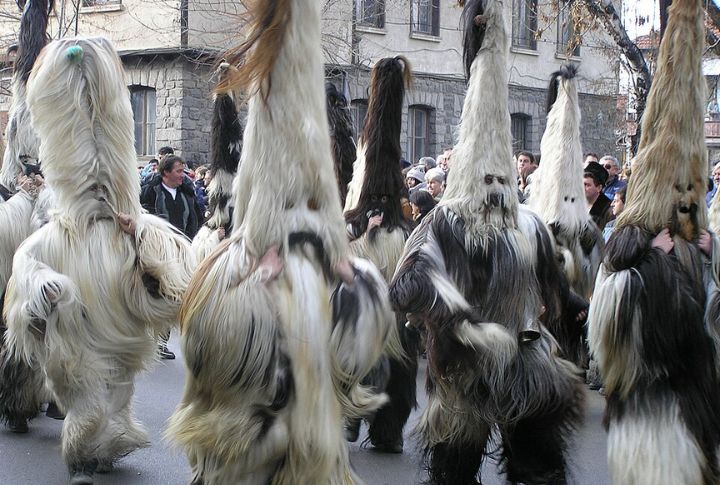
When temperatures drop, most people reach for blankets. Still, in some parts of the world, winter is a reason to dance or greet the sunrise with ancient chants. These traditions turn cold months into moments of meaning and magic. Curious how people find warmth in the strangest ways? Stick around, you might just discover a winter ritual that makes your own seem downright ordinary.
Ursul Or Bear Dance: Romania
Each New Year, Romanian streets thunder with drums as villagers don bearskins and mimic the mighty animal’s steps. The Bear Dance celebrates the creature’s strength and symbolizes death and rebirth. Rooted deep in folklore, it keeps alive an ancient belief in nature’s power to cleanse the year ahead.
Yule Lads: Iceland
Each December, Icelandic families follow a 13-night ritual where the Yule Lads visit homes, leaving gifts or rotten potatoes in children’s shoes based on behavior. With quirky habits and a fearsome mother named Gryla, these mischievous figures turn the countdown to Christmas into a playful blend of folklore and suspense.
Gavle Goat: Sweden
At the start of Advent, a massive straw goat towers over the Swedish town of Gavle. Built since 1966, it symbolizes the Christmas spirit and endurance. Yet each year, pranksters try to burn it down. Fans worldwide even tune in through a live webcam just to see if it survives.
Yuzu Baths: Japan
On the winter solstice, Japanese homes fill with the sharp, citrusy scent of yuzu floating in steaming baths. The ritual, called Yuzu-yu, is believed to ward off colds and bring good luck. As the fruit’s fragrance rises through the air, families soak away the chill, welcoming health, renewal, and the gentle warmth of the season’s turning point.
Kukeri: Bulgaria

If you see men cloaked in fur, their faces hidden behind carved wooden masks, bells clanging with each step, that’s the Kukeri. It’s Bulgaria’s way of scaring off evil spirits between New Year and Lent. These parades fill villages with music and movement to invite health and a fruitful harvest.
Kimjang: South Korea
As the last leaves fall, entire neighborhoods in South Korea gather to chop, season, and pack mountains of cabbage for the winter. This is Kimjang—a centuries-old practice of making and sharing kimchi together. More than food preparation, it’s a celebration of community, recognized by UNESCO for preserving cultural unity.
Night Of The Radishes: Oaxaca, Mexico
Just before Christmas, Oaxaca bursts into color—but not from lights or ornaments. On December 23rd, the Noche de Rabanos transforms humble radishes into masterpieces. Farmers and artists carve giant roots into elaborate scenes, some over two feet long. The displays wilt by night’s end, leaving behind fleeting beauty and community pride that outshines even the brightest decorations.
Hiding Brooms: Norway
Christmas Eve in Norway comes with a precaution: every broom is hidden. Old legends warned that witches and spirits would steal them to ride the winter sky. To stay safe, families put away every broom, mop, and brush. In rural areas, this folklore still brings a touch of old magic.
The Nine Nines: Mongolia
When Mongolia turns to ice, herders count the passing cold through The Nine Nines—81 days divided into nine nine-day stages. Each period is marked by signs: when vodka freezes solid or when bull horns crack from frost. These natural clues help communities endure and celebrate the steady return of warmth.
Feeding Animals: Lithuania
In Lithuania, Christmas Eve stretches beyond family—it extends to the barn. People bring treats and remnants from the holiday table to feed their animals, a gesture rooted in kindness and belief. The act promises fertility and health for the creatures that sustain them, blending faith, gratitude, and the comforting thought that every life deserves a festive meal.

